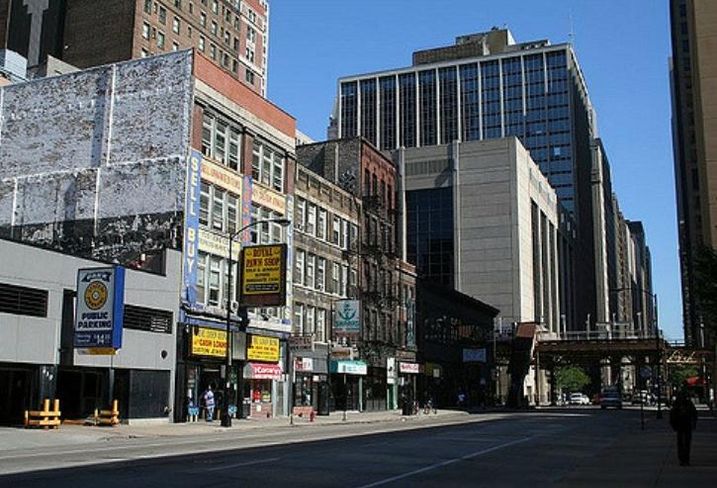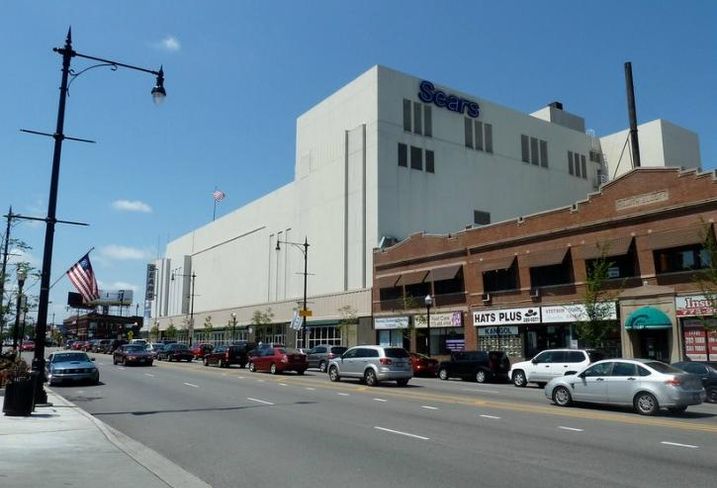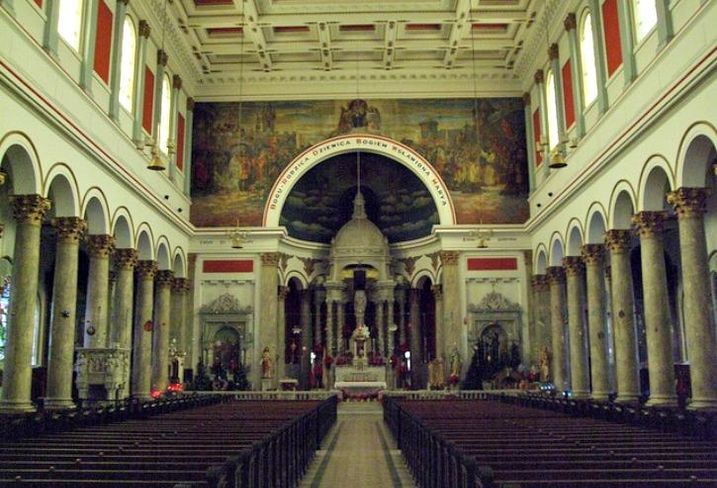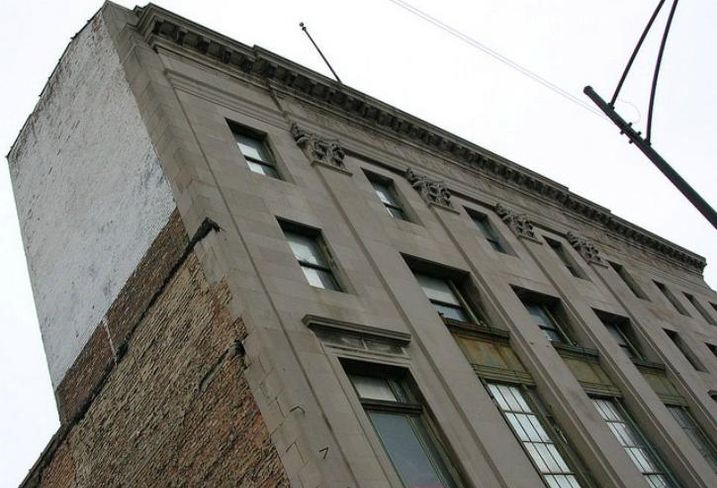These Are Chicago's 8 Most Endangered Buildings
Frank Lloyd Wright called architecture "the mother art." Without it, he added, "we have no soul of our own civilization." Preservation Chicago fights tirelessly to save buildings it considers vital parts of Chicago's history and we look forward every spring to its annual "Chicago 7" list of buildings it deems to be on life support. This year, Preservation Chicago expanded the list to eight. The list is as follows.
1. Thompson Center

Originally intended to be a symbol of government transparency when it opened in 1985, the Thompson Center has instead come to represent the ongoing gridlock of state government. With over $100M in deferred maintenance, Gov. Bruce Rauner said he's willing to entertain placing the Thompson Center up for auction and allow a buyer to redevelop the one square block site. The building's architect, Helmut Jahn, says there's plenty of life remaining in the building, but our experts are split on whether the Thompson Center should be repositioned or demolished.
2. McCormick Place Lakeside Center

Here's another Jahn-designed building with an uncertain future. Built in 1969, Jahn and Gene Summers adapted many of the concepts of Mies van der Rohe's architecture philosophy in this building, which at one point offered open access to the lakefront. As McCormick Place has expanded in recent years, the Lakeside Center has come under threat of being demolished. Preservation Chicago believes it could be repurposed into an expansive athletic fieldhouse, complete with indoor tennis and volleyball courts, a running track and ample daylight shining through.
3. Old Chinatown (Clark and Van Buren streets)
This area's life was as a post-Great Chicago Fire vice district called "Little Cheyenne" before it became home to Chicago's Chinese population. The city relocated the Chinese community to our modern Chinatown in the 1920s in order to raze several of the structures in subsequent years to make way for larger buildings and the Eisenhower expressway. Preservation Chicago has identified six buildings to save based on their architectural significance and ties to the city's history.
4. Various Sears Stores
Between the late 19th and early 20th century, Sears grew into the store "where America shops." Nowhere was that more evident than in Chicago's outlying neighborhoods, including Six Corners (shown), where Sears still anchors a business district primed for reinvestment. These buildings are noted for their Art Deco architecture. Sears commissioned seven stores to be built in Chicago. Two were demolished, two are vacant, two are still operating as Sears stores, one was redeveloped several times and now operates as Robert Morris College in the Loop.
5. St. Adalbert Catholic Church
Preservation Chicago highlighted this church's plight on its 2014 "Chicago 7" list. Things haven't improved for the building. The church's twin towers are still enveloped in scaffolding and the Archdiocese of Chicago announced earlier this year it would close the parish. The church's congregation is trying to raise the $3M necessary to restore the building's towers. St. Adalbert was built in 1874.
6. Washington Park National Bank Building
Built in 1924 by Albert Schwartz, this limestone building was one of the foundations for the bustling retail and entertainment district centered around 63rd Street and Cottage Grove Avenue during the Golden Age of the South Side. Like much of Woodlawn in recent decades, it's fallen vacant and into disrepair. But recent developments like the restored Strand Hotel and Cinderella Ballroom have Preservation Chicago hoping some developer will take a chance on repurposing the Washington Park Bank site.
7. LaSalle/Van Buren "L" Station

John Alexander Low Waddell, the "father of modern bridge engineering," originally designed this structure in 1897 as part of the Union Loop Elevated, now best known as the "L." Even though the "L" has been on the National Register of Historic Places for over 40 years, many of Waddell's structures have been torn down or modified to where they're unrecognizable from their original designs.
8. Children's Memorial Hospital Pavilions

Preservation Chicago began lobbying to save the Nellie Black and Martha Wilson Pavilions of the Children's Memorial Hospital campus five years ago. With McCaffery Interests and Hines Interests ready to begin redeveloping the Children's Memorial site come spring, the group has put out a renewed call to preserve the buildings based on their architectural significance.




